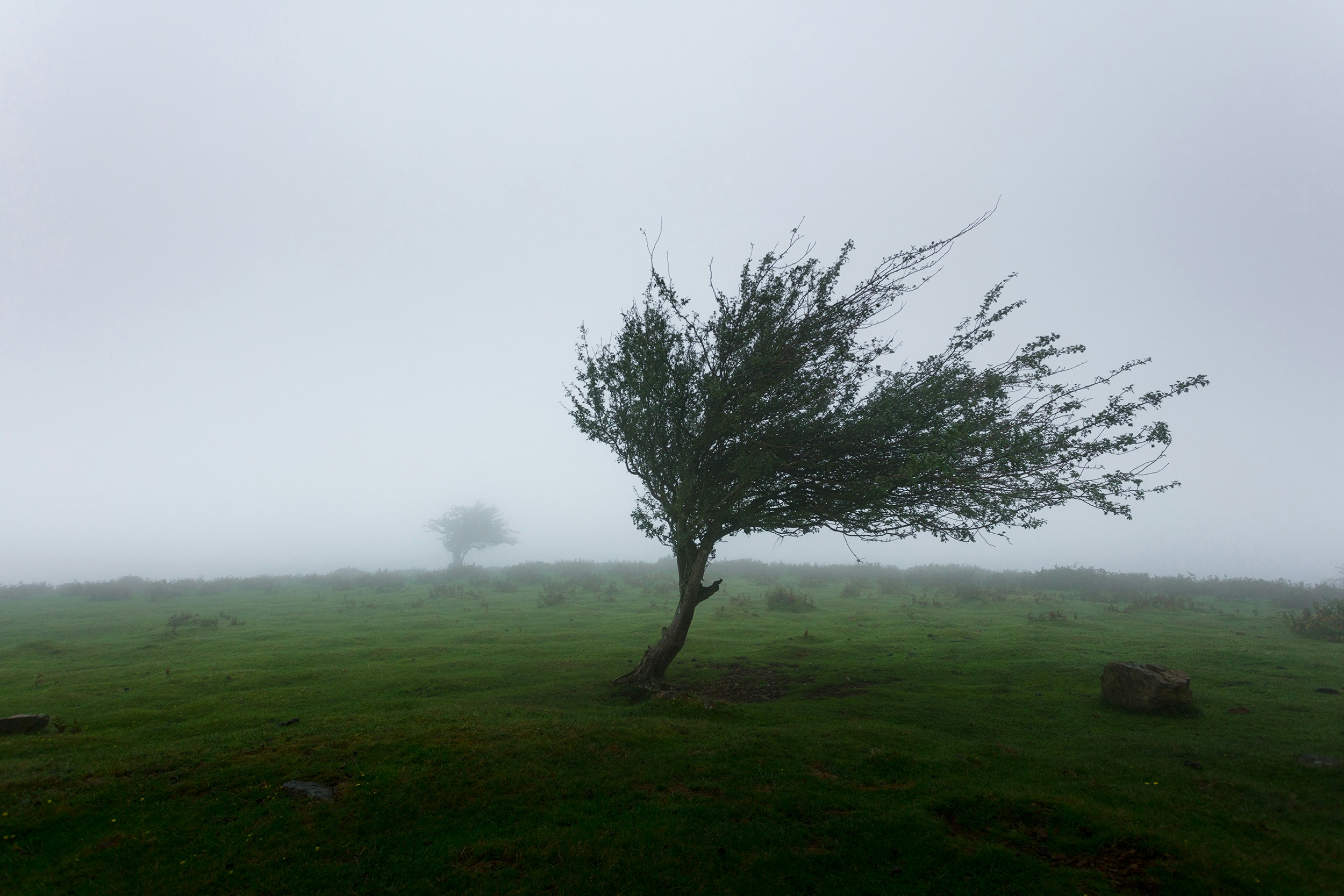

Kia ora koutou
We begin this issue with another reminder about this year's NZACS scholarship and a link to a paper on risk from last year’s recipient.
We often see notifications arising from a lack of dimensional tolerance in design and construction, so we have a few words to encourage members to ‘build some fat’ into their mm-accurate designs.
We respond to a member query about what to do with Site Notices that come from BCAs, when your commission excludes site observation. This is followed with a link to a pro-forma letter that can be used when you aren’t providing these services.
Many of you will have seen media coverage about asbestos being discovered in imported fire door components so, because insurances typically don’t cover asbestos related claims, we suggest a prudent approach.
We haven’t had any ‘Tales of Woe’ for some time so we have some examples of member notifications and what we can learn from these.
Our most recent Board member Rachel Dodd, working with our insurance partner Aon has prepared a paper on Retirement Planning. Even if retirement is many years away, this is an important topic for anyone running or contemplating setting up any form of architectural practice from sole practitioner to a limited liability company.
The spring weather, along with some notifications, is a prompt for an article about designing for wind and storms.
Finally, we have information on the upcoming December renewals.
Ngā mihi

A reminder that applications are now open for NZACS’s annual scholarship which is available to employees and principals of currently insuring NZACS member firms. The scholarship is aimed at building up commercial and risk management skills and providing funding for further education, research, conferences and training in this area.
The scholarship value is up to $25,000 (excl GST) and applicants can apply for all or part of the funding. Applications are due by 30th November.
The application form contains more details and can be found on our website here.

The recipient of last year’s Scholarship, Mikayla Exton’s second-of-five risk related papers – ‘Biases in Thinking’ – is now available. This has some useful insights into how our innate biases open us up to increased risk in everything from estimating fees to how we might respond to a council RFI.
It can be accessed here.
The remaining three reports will be sent out in future Communiques, and are also available in the Members’ area of the NZACS website.


We see a number of notifications and claims arising from a lack of tolerance in design. In some cases these are caused by an assumption of perfection in the construction process that is simply unrealistic. Examples include:
So, it is worth adding a buffer into your dimensioning that recognizes construction tolerance, and site circumstances.
In addition to construction tolerance, also consider design tolerances. Examples of this kind of thing include:

A member was commissioned up to the stage of applying for and obtaining a building consent, but not for any site observation or contract administration role. During the construction stage they were receiving Building Consent Authority Inspection review notes, and they wondered what liability there was in receiving these.
There is a possibility that something could be in one of these reports that could be pertinent to a later liability, or a failure to have mitigated one. For this reason, it would be prudent to notify the BCA (cc the client) along the following lines:
We have not been engaged to undertake the Contract Administration / Contract Observation role in this project. As such we are not liable in contract or tort for any issues that might arise on site, nor do we have a quality assurance or peer review role of the Building Consent Authority Site Inspection reviews. We will file the Inspection reviews currently being addressed to us as a courtesy to our client, but we have not been engaged to review or action these reports in any way.
This kind of note could also be included in the Building Consent application material.

In the June Communique we provided some tips on how you might persuade your client to see the value of commissioning you for full Contract Observation and/or Administration services. If you aren't commissioned for these services, we’ve prepared a pro-forma letter that could be used or adapted for these situations to limit your liability, and to draw attention to what the client will have to do in your absence.


Many of you will have seen articles in the media about fire doors in New Zealand being found to contain asbestos, leading to a voluntary recall by Pacific Door Systems (PDS) in September 2025 after their FRB board core was found to be contaminated with asbestos fibres, despite not being designed to contain it. The NZIA has also issued a detailed Practice Alert (#044, September 2025) on this item.
While undamaged and undisturbed, the installed doors are not an immediate safety risk, but any work that disturbs the doors (cutting, drilling, etc.) can release hazardous fibres.
Most insurance policies do not include cover for liabilities arising from asbestos, so prudent risk management is advised. At the time, it would not have been unreasonable to have specified these doors but if you think you may have specified the affected door, or that one may have been installed (e.g. via product substitution on site) then it would be prudent to advise the client so that they can either update their asbestos registers, or arrange for the removal of the door.
This example does raise issues about how far one should go in checking the suitability of products. Good practice would include the following:
You could go further with a specific clause in the P&G section of a specification addressing Toxic or Harmful Materials, which would also go some way to managing Safety in Design issues associated with these products.

We have a selection of ‘tales of woe’ from some recent notifications:
Power Poles too close to a Building
Problems arising from proximity to Power poles and lines is an emerging issue with infill housing and densification, but also applies to other building types. In this case, the possibility of excavation undermining a nearby power pole led to the realization that the new building was too close to a power pole.
Lesson: if you have a site near a power pole or powerlines then consult with the power network supplier and refer to the Code of Practice. Powerlines/poles should be an item on your SiD Hazard register as a prompt to think about this issue. We also refer you to the article in the August 2025 issue of Communique which contains more detailed information.
Cracking Plasterboard
A client is unhappy about cracking at the square stopped ceiling-to-wall junction and in other areas of a new house. The cracks are quite extensive and probably due to shrinkage movement of the skillion roof and/or the use of timber rather than metal ceiling battens.
Lesson: follow the manufacturer’s specification for control joints and their installation guidance documents. Also consider a general exclusion note to clients concerning cracking in plasterboard as it can be difficult to eliminate completely. This can be a particular issue in houses/apartments/holiday homes that get very hot during the day if they are unoccupied.
Client Unhappy with Safety Glass
Even though it is not strictly required by the NZ Standard because of the small pane size, the member specified safety glass in some French doors because this seemed to be the prudent and safe thing to do. The client doesn’t like the small safety watermarks in the corners of the panes and wants them replaced with normal annealed glass.
Lesson: clients can be quite fussy about some things, so communication, particularly when diverging from normal practice, is important.
Wet Area Lining Bowing
A wet area lining was fixed to strapping and lining on blockwork. Unfortunately it appears that the grout filled blockwork still had high levels of construction moisture which had been absorbed by the rear side of the wall linings (which is not water-resistant), causing the panels to bow.
Lesson: the amount of moisture released from any concrete, and the time that this takes should not be underestimated. In this case, while it was incumbent on the contractor to satisfy themselves as to the dryness of the substrate because the lining manufacturer’s material specifically listed the maximum allowable RH, the architect in an observation role may have been able to request or carry out a hygrometer test, prior to lining work proceeding.
Cracking Deck Pavers
Some stone pavers set up on decking jacks have cracked. The member took advice from the stone supplier, and the installers did not raise any concerns, but shortly after installation the pavers started to crack. Stone is a natural material and so may have lines of weakness, and when supported in corners, some loads can be unequally spread. Whatever the cause, the client wants the problem sorted out.
Lesson: the member exercised due diligence but the communication from the supplier wasn’t unequivocal. With hindsight a sample area could have been trialed before the whole area was completed.


When you’re starting out or running an architectural practice, thinking about retirement probably isn’t top of mind. But your professional liability doesn’t end with your last day in the office, and you can still be legally responsible for your work long after! We have prepared a paper on this that is in the members’ area of our website.


Based on several years of wind-related notifications - something we may see more of with climate change - the Claims Committee has put together the following list of watchpoints:
Overall, even if the usually accepted design guidelines are adopted, the designer should consider reviewing the design against the specific project circumstances. Where there is doubt about whether the standard or published details and design parameters apply, the minor cost increase in adopting a higher standard or a more suitable design solution is very likely to be less than the potential costs of failure by doing otherwise.Making the client aware of the risks and maintenance requirements is also good practice.The government is also aware of this issue with its own publication on this topic.

Aon expects to send out renewal invitations in early November, giving members around 3 weeks to complete the renewal application and premium quotation for the 1st December 2025 insurance year.Aon will contact you before then with a summary of the new insurance benefits and policy changes and ask you to check your log-on credentials to ensure easy access to the Aon portal once the renewal invitations are released.The renewal process has 4 main components, the first 3 require action from you.
